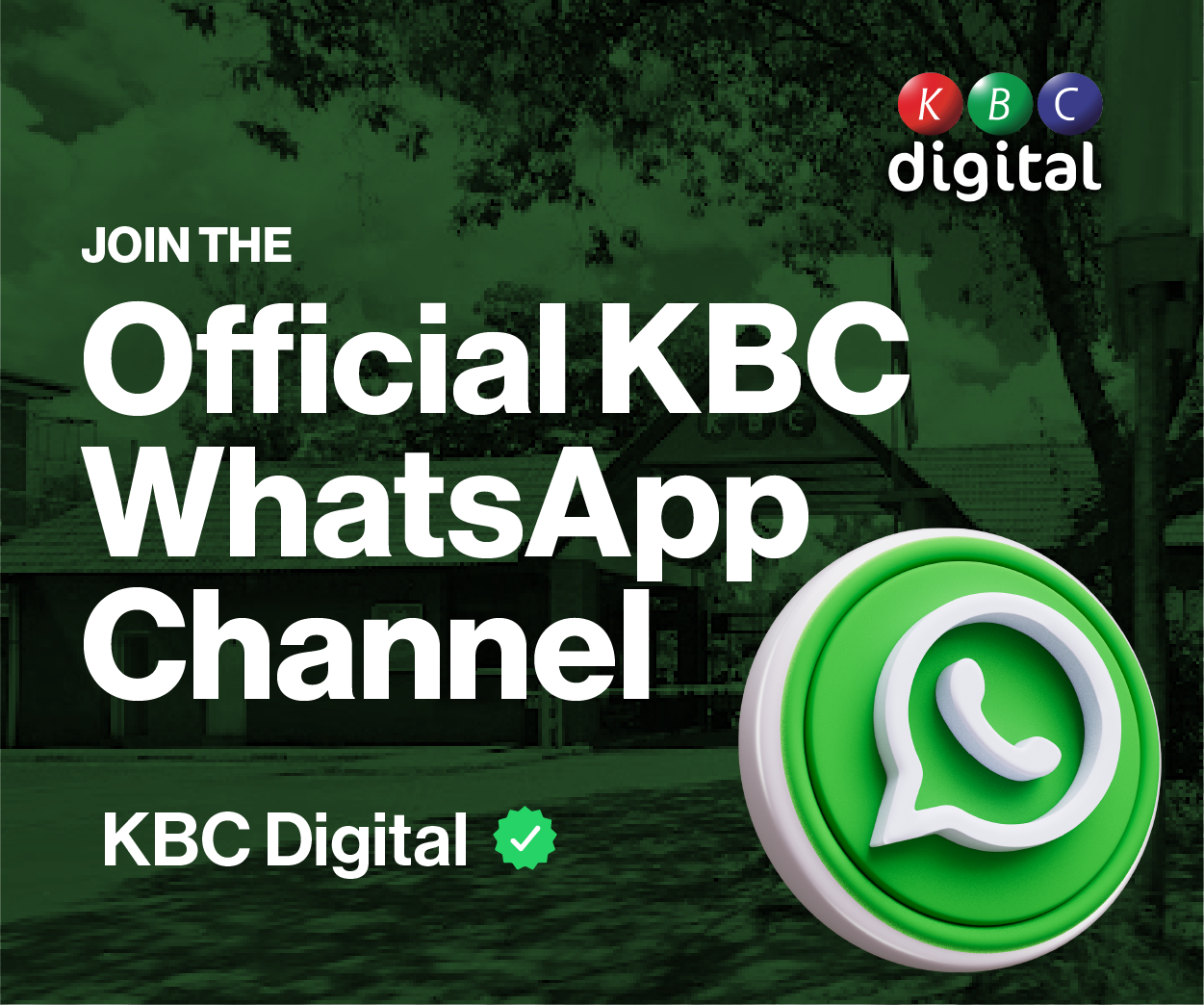The Communication Authority of Kenya (CA) have initiated the process of developing a framework to introduce Digital Sound Broadcasting in the country.
Speaking during the 6th KUZA awards dubbed – shaping the future of broadcasting towards the creative economy, CA Director General Ezra Chiloba said the Authority is projecting to have the Digital Sound Broadcasting (DSB) operationalised within the next three years.
The decision he says has been occasioned by the need to satisfy the growing demand for radio broadcasting services that have overtaken the existing FM radio frequencies.
“This initiative is intended to ensure efficient utilisation of the scarce broadcasting spectrum and satisfy the growing demand for radio broadcasting services,” said Chiloba.
According to the regulator, scarcity of the FM radio spectrum has resulted in a backlog of applications, with over 1000 investors in queue.
Adoption of DSB services would greatly improve broadcast signal quality and spectrum efficiency, in addition to adding new programming services by lowering the bar for entry of programme operators through sharing of multiplex infrastructure.
Despite the challenges the DG says the Authority is still recording growth in broadcasting.
According to the Communication Authority statistics, as at March 2023, CA had licensed 306 Commercial Free to Air TV stations, this is up from 60 channel back in 2017.
Additionally the DG notes that as at March 2023: “We had 243 Commercial FM radio up from 178.”
Adding that: “Pay TV has experience a similar positive shift, moving from 2 Service Providers to 22 Providers.”
Speaking of the positive impact, on the overall, the Authority has recorded significant compliance levels among broadcasters since 2017, the year when KUZA was launched.
Similarly the DG says the Authority has improved in compliance with Local content quota 40pc requirement from 50pc in 2017 to the current over 90pc.
He says, the compliance with the PWDs sign language insert requirement which stood at 70pc in 2017 to 100pc.
Adding that the most sort for Childrens’ programming has now reached 30pc, up from a paltry 5pc back in 2017.
“All these are in addition to other improvements, but without forgetting the arduous ‘watershed period’ requirement whose compliance level has now surpassed the 90pc marks.” Said Chiloba.





















